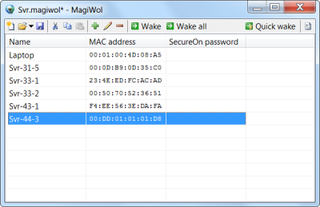Microsoft Mathematics
Last few years I hold position of self-proclaimed Microsoft expert. I am so used to people approaching me with various questions regarding Microsoft technology and products and people got used to me having an answer to anything Microsoft. I thought that I knew every Microsoft product there is. However, I had no idea about Microsoft Mathematics. Product has been available from 2006 and I got first whim of it just few hours ago.
Simplest description of it would be graphing calculator (like e.g. HP 49g) but it wouldn’t do justice to it since it only holds until you switch it to “Ink” input mode.
Ink mode is something wet dreams are made of. Not only that it recognizes letters but it also knows how to interpret fractions, exponents, greekish :) symbols and all other “math thingies”. I got so used to write one thing on computer and completely another on paper that I am now freaking at something that should be normal thing - properly formated equations. While Ink mode works with mouse, with tablet computer it is pure math porn.
And it doesn’t stop there. It also offers equation solving, bunch of common formulas with nice interface to enter all data, and very pretty graph controls. Everything is packed in simple and skinnable interface (albeit without Hello Kitty skin ;)). As long as you are not doing math for living, this program probably has everything you need.
I am not in my student days anymore so there is very little chance that I will use this program much. There is very limited need for math in business software. But this program made my eyes shine.
Download is available FOR FREE.



